If you read our article “Choosing Your Perfect Match” you’ll know that there are lots of factors from coffee species to processing that contribute to the final product that ends up in your cup. However, the foundations of a good cup of Joe all start out with the origin of your favorite coffee beans. Before we get into any details, let’s talk more about the differences between single-origin coffee and blends, so you’ll have a better understanding of how the location and origin of your coffee can affect the flavors of your beverage.
What Is Single-Origin Coffee?
Single-Origin coffee comes from a specific location or farm where the coffee is grown. The growing region can affect specific flavors and characteristics of the coffee and can contribute to how the coffee is brewed. Everything from the soil quality to the environment where the coffee is grown plays a part in the overall quality and taste of single-origin coffee. Knowing where your coffee is grown will not only give you a better understanding of the quality of your coffee, the local culture, and the environment, however, you’ll be able to experience the unique flavors produced by that region that you won’t find in blends.

Ethiopian Coffee: Where Coffee Began
Single-Origin vs. Blends
Blend coffee can refer to two things: a blend of Arabica and Robusta beans or a blend of the same strain of coffee from different regions whether it’s from Ethiopia, Kenya, Brazil or other coffee-producing countries. Buyers who purchase coffee in bulk will often create blends to get a better value on coffee and to balance out the flavors and characteristics of coffee for the consumer.

Arabica vs. Robusta Coffee Beans
While this may sound less than ideal for the coffee drinker, this is actually great because this means that you’re able to experience the flavors and characteristics of coffee from different regions around the world, and blends are often less expensive than single-origin coffee, so going with whole bean blends could save you some money.
Why Buy Single-Origin Coffee?
This is a great question and one that we'll do our best to answer. If you're the type of person who enjoys trying different types of wine, you know that not only will the variety of grape impact the flavor, but also the region of the world where it was grown. Single-origin coffee can offer some of the most unique flavor experiences with coffee as it distills the characteristics of a growing region into a single expression. If you're interested in exploring coffee from the perspective, it's worth it to give single-origin a try.
Is Single-Origin Coffee Better?
If you’re really serious about your coffee and is someone who enjoys every aspect of your morning Joe from tasting the flavors notes to smelling the aroma, you might be more inclined to appreciate single-origin coffee. Single-origin coffee is perfect for coffee and espresso lovers who are more likely to drink their coffee black in order to taste the unique flavors of the coffee. Drinking single-origin coffee is an experience in itself and using the coffee in milk-based beverages might mask the flavor notes and aromas depending on the brew method.
However, this isn’t to say that you can’t use single-origin coffee if you love milk beverages. Many users still appreciate supporting coffee from local regions and farms, and would rather enjoy their cup of coffee knowing exactly where it came from, the growing altitude, soil quality, processing method and more aspects that make the coffee unique.

The Complete Guide to Milk Based Coffee Drinks
We should also note that single-origin coffee doesn’t make it inherently better than blends, single-origin simply refers to the location that the coffee is sourced from, so whatever your preference is, whether it’s single-origin or blend, as long as it’s fresh and great-quality whole bean coffee, then you’re on your way to coffee nirvana.
The Coffee Belt & Flavor Notes Based on Region

Coffee is grown in warm regions of the world with ample rainfall in a zone known as the coffee belt.
Coffee beans are sourced from farms across the world, however, Central & South America, Africa, Southeast Asia, and the Pacific are the top producing regions. Colombian, Brazilian, Ethiopian and Indonesian coffees aren’t just names on your favorite pack of coffee. These are some of the top-producing coffee countries in the world and each country has its own unique flavor profile. Brazil alone produces 2,592,000 metric tons of coffee! Let’s take a look at this coffee flavor wheel to get a better understanding of how flavor profiles are constructed.
Knowing where your coffee originates is an important factor in deciding your preferred flavor because you’ll have a better understanding of the quality and consistency of the beans. Whether your favorite flavors are floral and fruity or nutty and chocolaty, the origin of the bean gives us insight into the environment where the bean was cultivated and the culture that shares the same love of this flavorful bean as much as you do.
Where Does Single Origin Coffee Come From?

Single-origin coffee is coffee from a single region and producer.
High-quality coffee beans sourced from these countries are grown at high altitudes and on high mountains. Along with the location, coffee-producing countries along what’s known as “The Bean Belt” have climates that are most suitable for growing the best quality beans—a balance of rain and sunshine creates coffee beans that are bursting with flavor, unique to its country of origin.
Of course, every country along “The Bean Belt” has different flavors which is why you might stick with the sweet and savory flavors of Kenyan coffee or an entry-level coffee drinker might prefer Colombian or Costa Rican coffee for it’s balanced and mild flavors. Here are the different flavor characteristics that you’ll generally find in different regions:
Central & South America
Coffee from countries in this region is often described as having nutty and caramel flavor notes with a floral aroma. Think peanuts, walnuts, and almonds. The coffee tends to have a light to medium body with a balanced and mild flavor and has a balanced citrus acidity. Coffee from these regions such as Colombian and Costa Rican coffees tend to be more popular with entry-level coffee drinkers because the flavors blend well together and there aren’t any overpowering characteristics of the coffee.
If you’re looking for coffee from this region, in this flavor profile, we recommend trying the Illy Arabica Selection Brasile Whole Bean Coffee. The intense caramel flavors in these beans were cultivated in southeast Brazil and can produce a full-bodied cup of coffee with sweet caramel notes. Another great option from this region of the world is Fuego Coffee's Brazil, a locally roasted Brazilian single-origin that's characterized by notes of chocolate and nuts.
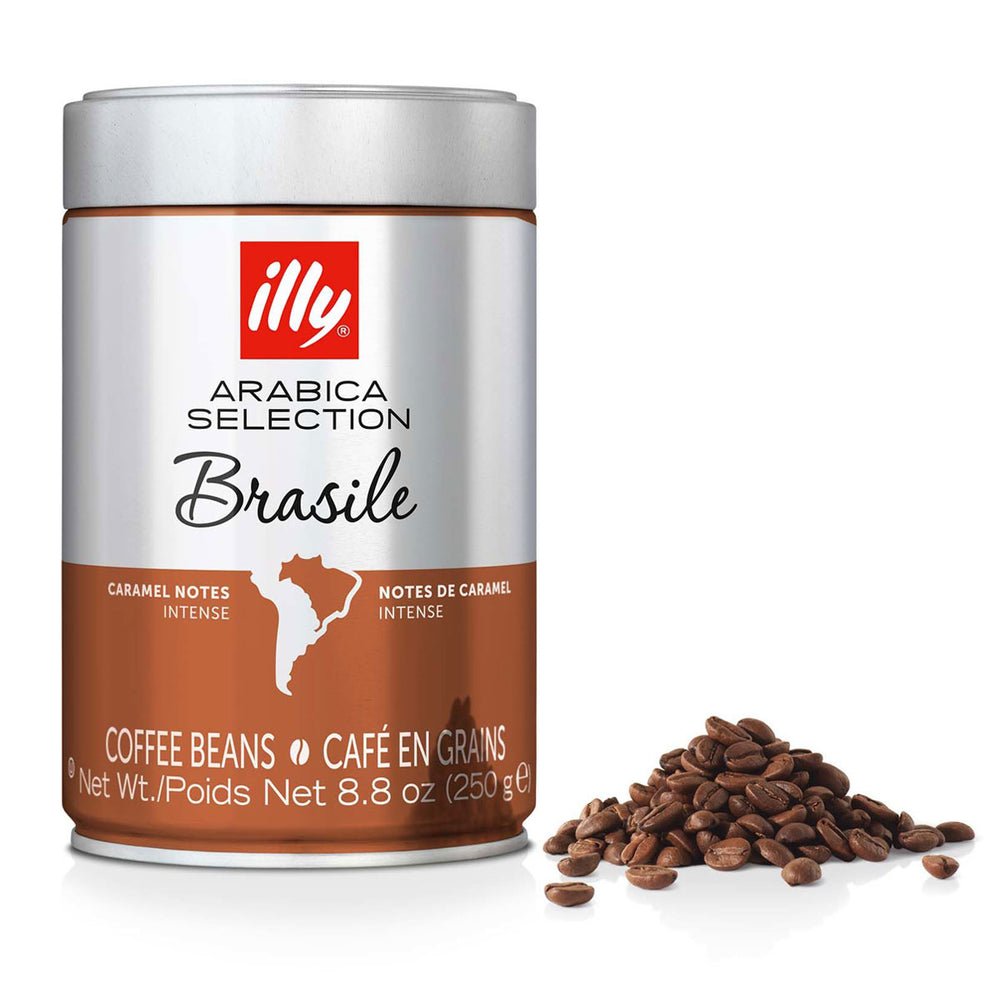
$14.99
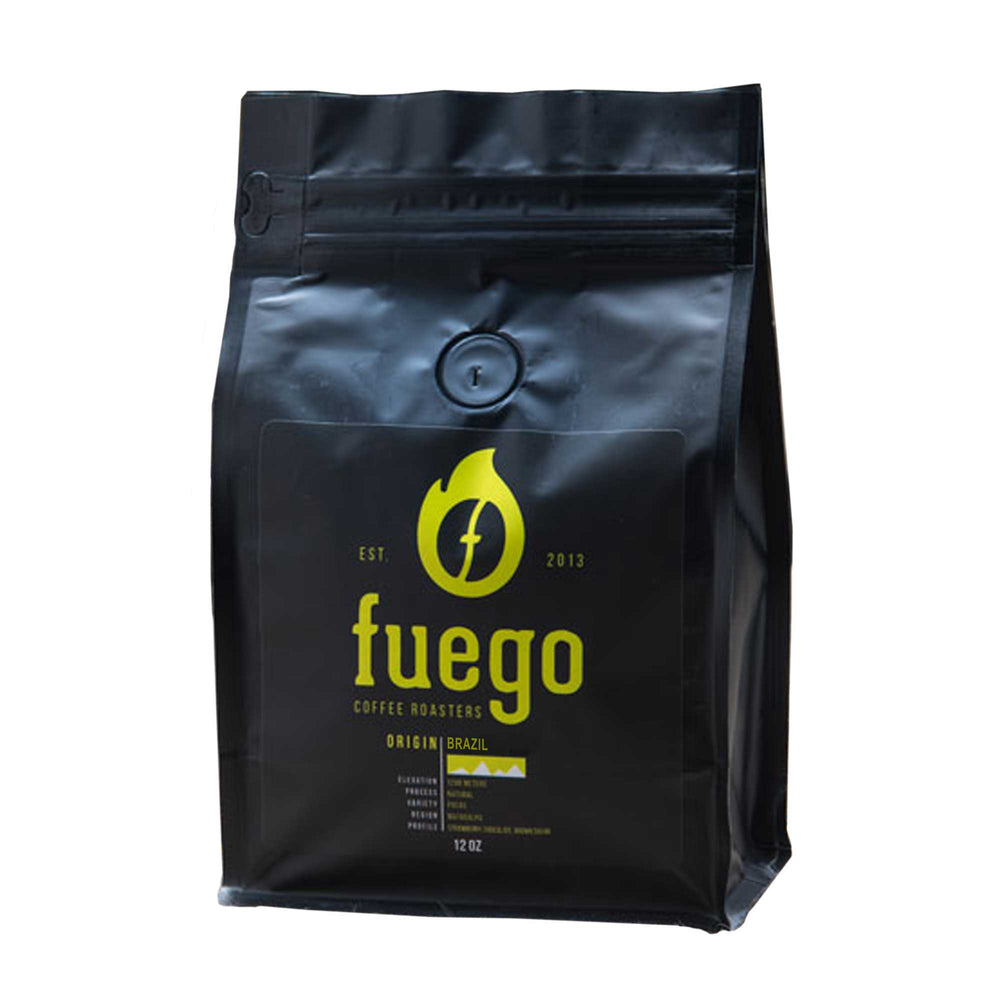
$16.00
Africa & the Middle East
Take a trip to the countries in this region and you’ll find that the coffee is very high in acidity with a medium body. The coffee will also have floral flavor notes, like jasmine and a dry-wine flavor note. You'll find a variety of roast profiles, and these countries are known for creating rich and powerfully flavored coffee that is often used in various cultural traditions. Several of our favorite coffees from these regions are Lavazza’s Kilimanjaro Single-Origin Drip Coffee, Illy Arabica Selection Etiopia Whole Bean Coffee, and any of Joe Bean Coffee Roasters' single-origin Ethiopian coffees.
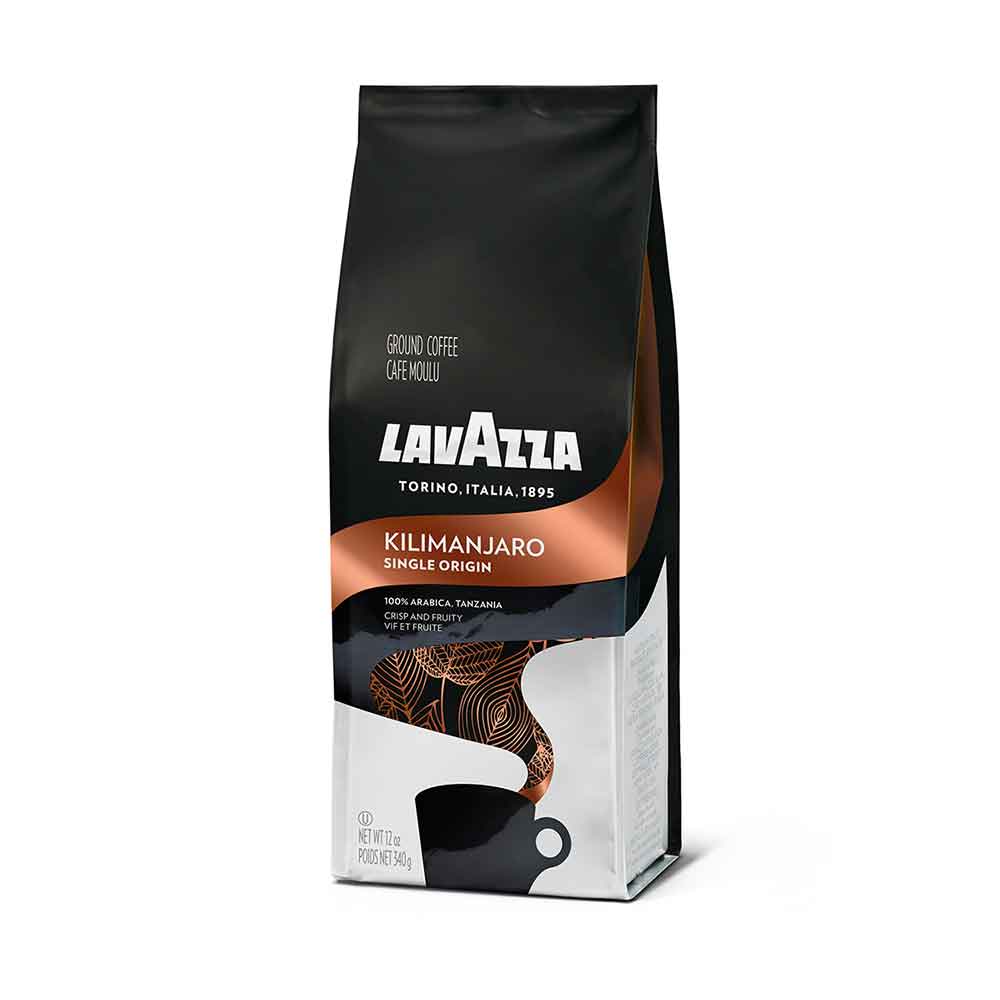
$8.99
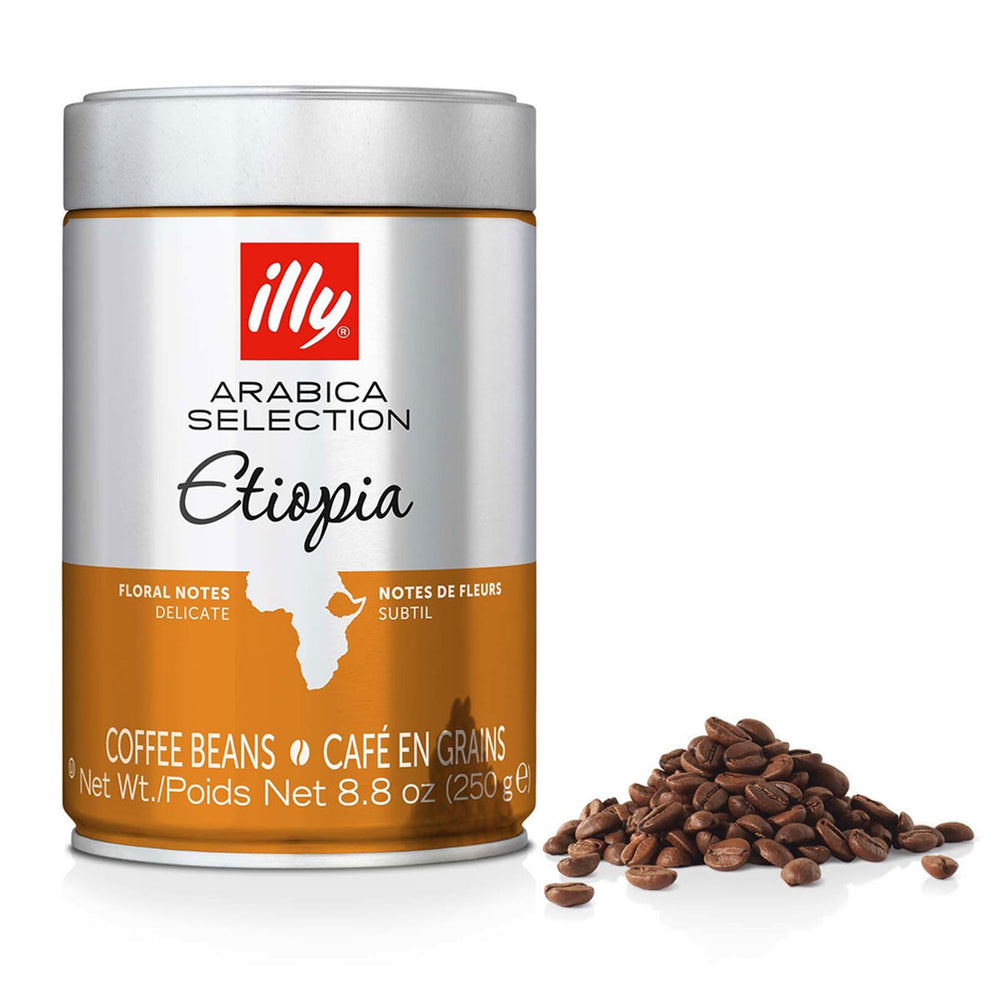
$14.99
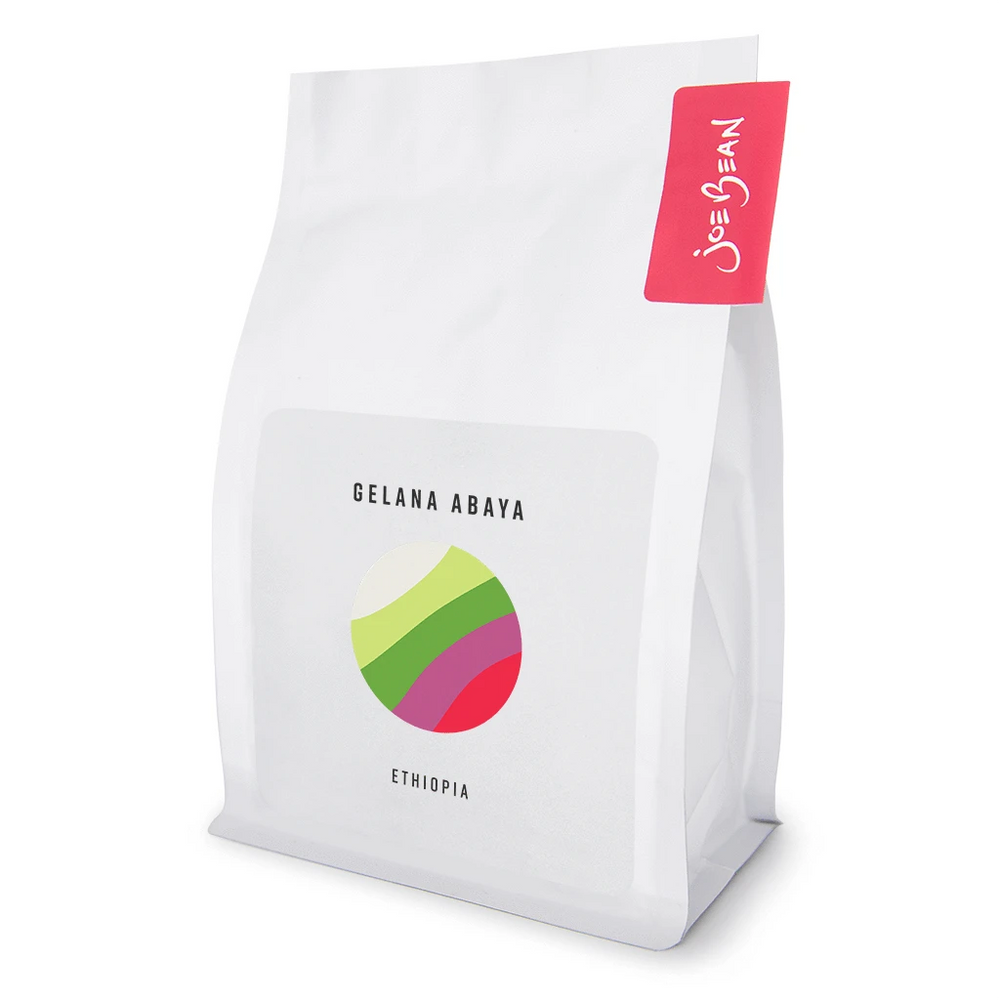
$18.00
Southeast Asia & the Pacific
Earthy, herbal and low acidity coffee can be found in Southeast Asia and the Pacific coffee-producing countries. Coffee and spice farms (i.e. black pepper) in these regions are next-door neighbors so you’ll often find hints of spice in the coffee.
If any of these coffees have piqued your interest, we strongly recommend giving them a try. Half the fun of coffee lies in experimenting and pushing the boundaries of your palate and your equipment!


